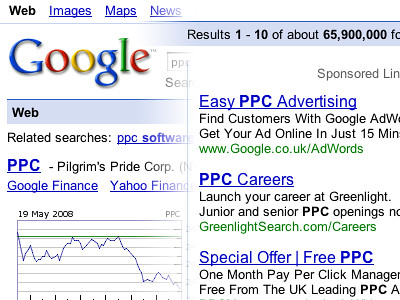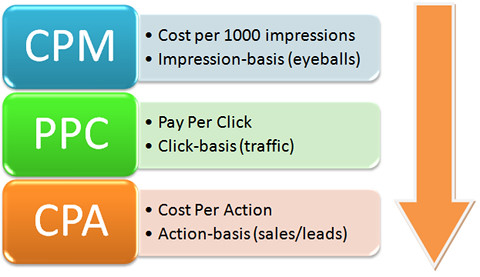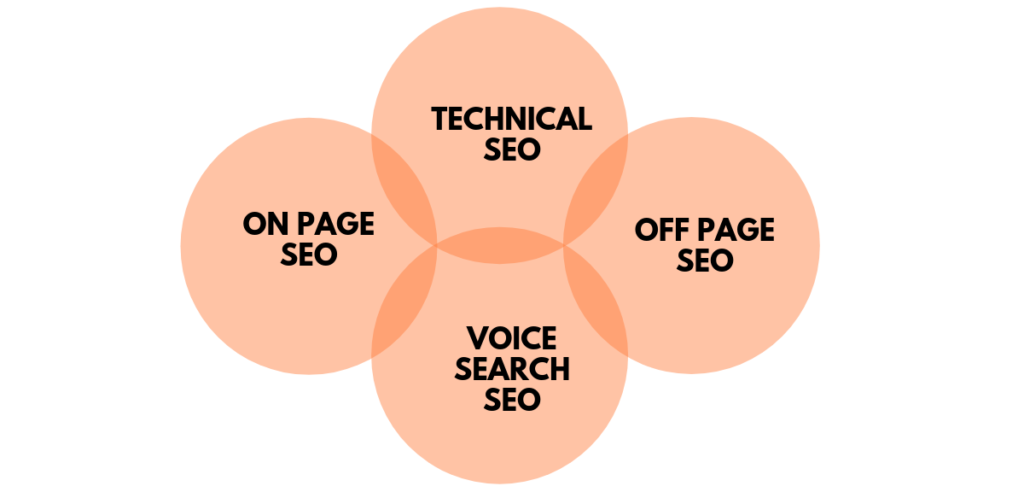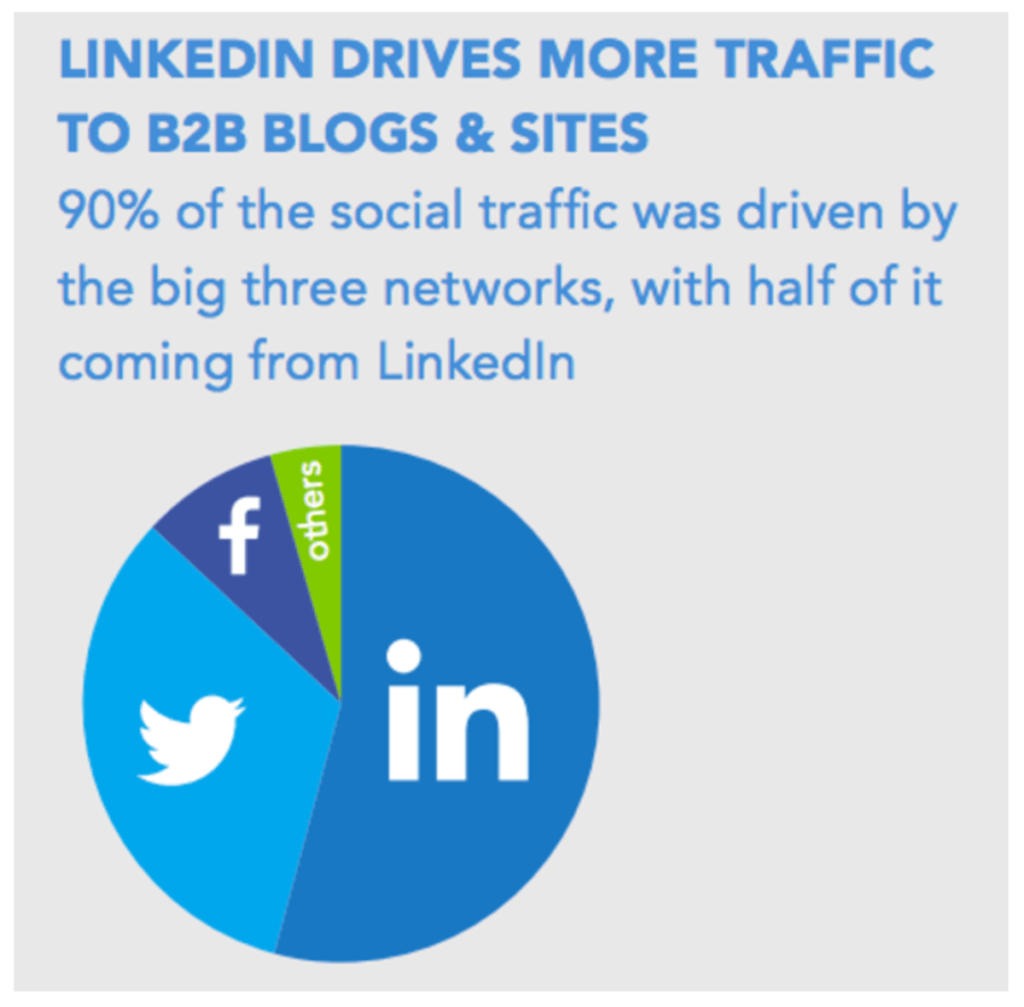Pay-per-click (PPC) advertising provides a fast, targeted way for businesses to drive traffic and conversions through platforms like Google Ads and Facebook Ads. However, without the right strategy and optimization, PPC campaigns can quickly go off track. Even small oversights can lead to wasted ad spend and poor results.
By learning how to recognize and avoid some of the most prevalent PPC mistakes, you can dramatically boost your campaign performance. This comprehensive guide will outline key areas where PPC advertisers often go wrong, explain the negative impacts, and provide actionable tips to resolve the issues. Avoiding these common pitfalls is the first step toward achieving PPC success.

Using the Wrong Match Types Hurts Targeting and Quality Scores
One of the biggest PPC mistakes is using improper match types for keywords. This results in irrelevant traffic, low conversion rates, and poor Quality Scores. There are three primary match types:
Broad Match – Displays your ad when someone searches for your keyword or any relevant variation. For example, “shoes” would match “buy shoes”, “womens athletic shoes”, etc. Broad match casts a wide net so you get high volume, but it risks poor relevancy without close monitoring.
Phrase Match – Sets keywords in quotation marks so your ad only shows for that exact phrase. “running shoes” would match just that phrase. This provides more targeting but still some flexibility.
Exact Match – Square brackets around a keyword so your ad only shows for that literal term. [running shoes] would only match searches for “running shoes”. This offers the highest relevancy but lowest potential volume.
The best practice is using a strategic mix of match types to balance volume and relevancy in each ad group. Here are some tips:
– Use Broad Match for top-level keywords focused on volume. Add negatives to control poor searches.
– Exact Match works best for bottom-funnel keywords like branded product names.
– Phrase Match strikes a balance for mid-funnel keywords.
– Analyze search query data to identify high-performing match types for each keyword.
– Adjust matches over time based on performance. Promote winners, demote underperformers.
– Closely monitor new Broad Match keywords for irrelevant searches and add negatives.
Optimizing match types takes work but improves targeting, Quality Scores, and conversion rates. Take the time to find the right balance for each keyword and ad group. Continually refine matches based on search query data.
Failing to Set Location Targeting Wastes Budget
Another common PPC mistake is failing to utilize location targeting, either completely neglecting it or setting targets too broadly. This results in wasted spend as your ads display in areas irrelevant to your business.
With proper location targeting, you can hone in your ads to only show for users searching in your desired geographic regions. For example, a fitness studio in San Francisco would want to target ads just to San Francisco rather than nationally.
Here are some location targeting tips:
– Analyze your existing customer base and sales data. Identify your highest potential regions.
– Start local or regional if you have physical locations. Expand nationally/globally over time if you sell online.
– Use radius targeting for local businesses. Test 5, 10, and 25 mile radii around your locations.
– Target by city, metro, region, state, or country depending on your business scope.
– Add bid adjustments to optimize spend per location. Raise bids in high-converting areas, lower in low-performing regions.
– Use negative location targeting to explicitly exclude regions you don’t service.
– Remember mobile location targeting options – target by physical location or IP address.
– Review location performance regularly and adjust targeting accordingly over time.
With the right geographic targets, you can maximize ROI by focusing budget where you’ll get the highest returns. Avoid wasting spend by taking the time to properly setup and optimize location options.

Lacking Negative Keywords Opens Your Account to Irrelevant Clicks
Failing to use negative keywords is another prevalent PPC mistake. Without negatives, your account is vulnerable to all kinds of irrelevant and unrelated searches that waste budget and dilute your targeting.
Negative keywords prevent your ads from showing on searches containing those terms. For example, a shoe retailer would want to add negatives like:
– men’s
– children’s
– boots
– sandals
This would stop their ads from showing on searches related to men’s or kids’ shoes when they sell only women’s shoes.
Here are tips for building a robust negative keyword strategy:
– Closely analyze your search term report and add negatives for irrelevant terms that trigger your ads.
– Brainstorm negatives around demographics, products, and topics you don’t target.
– Use Google’s Keyword Planner for suggestions related to your keywords. The “Questions” section reveals common negatives.
– Create tightly themed ad groups then add negatives specific to each. For example, [black heels] ad group would have negatives like “boots”, “flats”, etc.
– Add misspellings of your brand and keywords as negatives to avoid accidental clicks.
– Use broad match modifier or phrase match to gain more control over searches that can trigger your ads.
– Create lists of negatives around specific categories and apply these across your account or specific campaigns.
– Continually mine your search term reports for new negative opportunities.
Invest time upfront in compiling a thorough list of negatives. Your goal is to precisely define the types of searches you want to target. Avoid wasting budget on false clicks by implementing a sound negative keyword approach.
Not Using Long-Tail Keywords Misses Qualified Traffic
One of the biggest PPC optimization opportunities is leveraging long-tail keywords. Long-tail keywords are longer and more specific, like “narrow width running shoes” or “gluten-free chocolate chip cookie recipe”.
While long-tail keywords have lower search volume, they provide highly targeted traffic that converts at a much higher rate. The increased conversion rate often makes up for the decreased volume.
Here are tips for capitalizing on long-tail keywords:
– Mine your existing search reports and analytics for longer keywords driving conversions. Identify patterns.
– Use tools like Google Keyword Planner to find long-tail variations around your core keywords with lower competition.
– Brainstorm long-tail keywords around demographics, use cases, occupations, or other qualifiers relevant to your products.
– Analyze forums and social media to find specific questions and keywords your audience uses.
– Try combining keywords around price points, brands, product specs, colors, sizes, etc. to attract highly qualified visitors.
– Start with 10-20 new long-tail keywords at a time in new or existing ad groups. Monitor performance and pause low performers.
– Use close variant and phrase match to gain more control over relevancy.
Long-tail keywords help drive qualified traffic that converts. Tap into these hidden pockets of opportunity through keyword research and analysis. Just a few winning long-tail keywords can become major drivers of cost-efficient conversions over time.
Ignoring Quality Score Drives Up Costs
Quality Score is a metric Google uses to assess how relevant and useful your ads and landing pages are to searchers. It ranges from 1 to 10, with 10 being the best. The higher your Quality Scores, the lower your costs per click.
Many PPC advertisers neglect Quality Score, which causes their costs to rise over time. Here are tips for quickly improving it:
– Write highly relevant ad copy focused on your best keywords. Capture searchers’ interest.
– Create tightly themed ad groups with closely matching ads and keywords. Don’t mix unrelated topics.
– Optimize landing pages for relevance, speed, and clear calls-to-action. Remove distractions.
– Monitor clickthrough rates (CTR) and improve ad creative for underperformers. Higher CTR signals relevance.
– Add negative keywords to block irrelevant queries that lower your relevancy.
– Use promotions strategically, but keep ad copy focused primarily on relevance.
– Eliminate low Quality Score keywords that are dragging down performance.
With effort put into optimizing these factors, you can steadily improve account-level Quality Scores over time. The payoff is achieving lower costs per click and maximizing the return on your PPC budget.
In Summary: Avoid Common PPC Pitfalls for Better Results
By learning to recognize and avoid these prevalent PPC mistakes, you can significantly improve your campaign performance:
– Use smart match type optimization to balance volume and relevancy in each ad group. Monitor and refine matches based on search query data.
– Set proper location targeting to focus budget on your highest potential geographic regions. Avoid wasted spend on irrelevant areas.
– Implement a comprehensive negative keyword strategy to gain control over the searches that can trigger your ads.
– Research long-tail keyword opportunities to uncover qualified niche traffic that converts well.
– Keep a close eye on Quality Score and take actions to continuously improve it across your account. Higher relevancy equals higher profits.
PPC marketing takes work to perfect, but you can achieve outstanding results by avoiding these common errors. Continually optimize your account for relevance, conversions, and return on ad spend. With the right strategy, PPC can become a powerful channel for cost-efficiently generating leads and sales.







